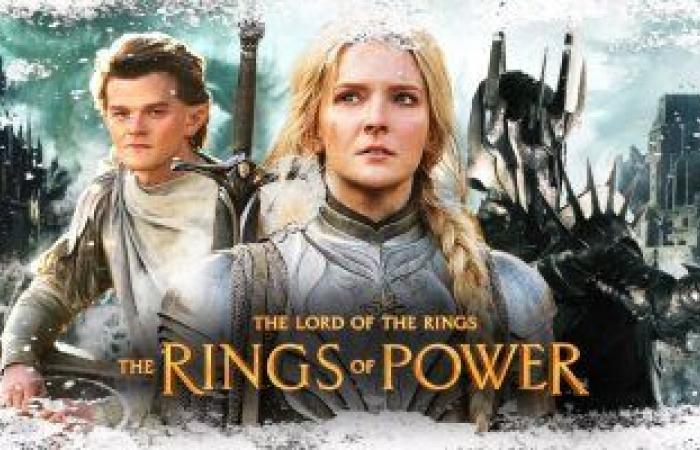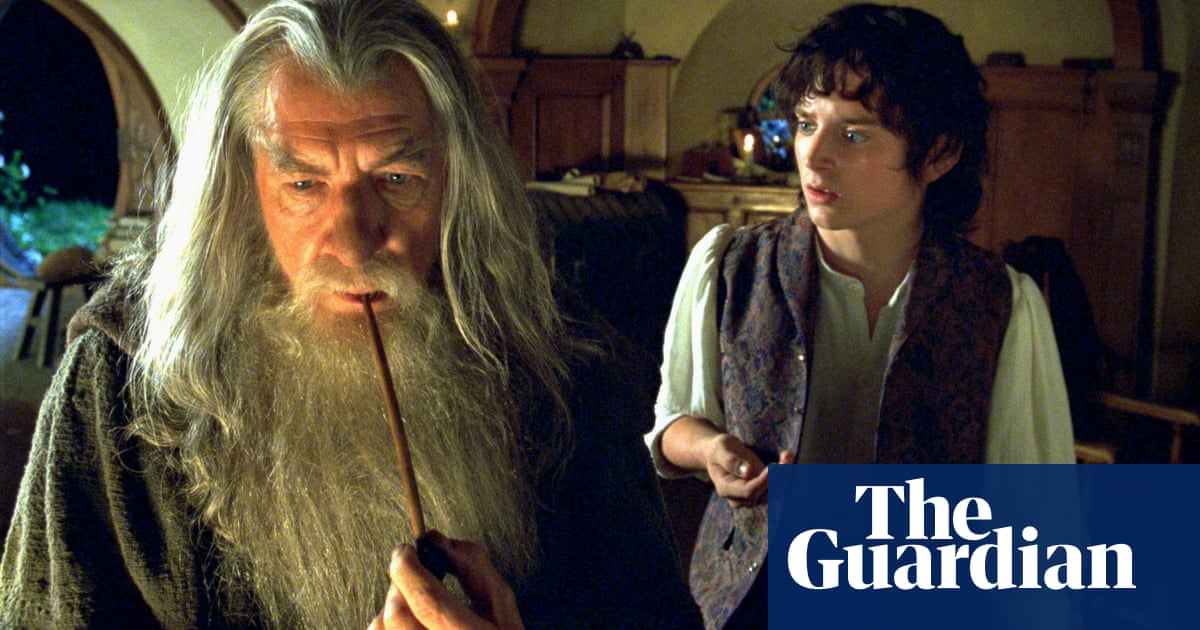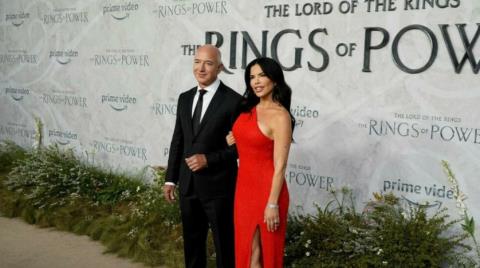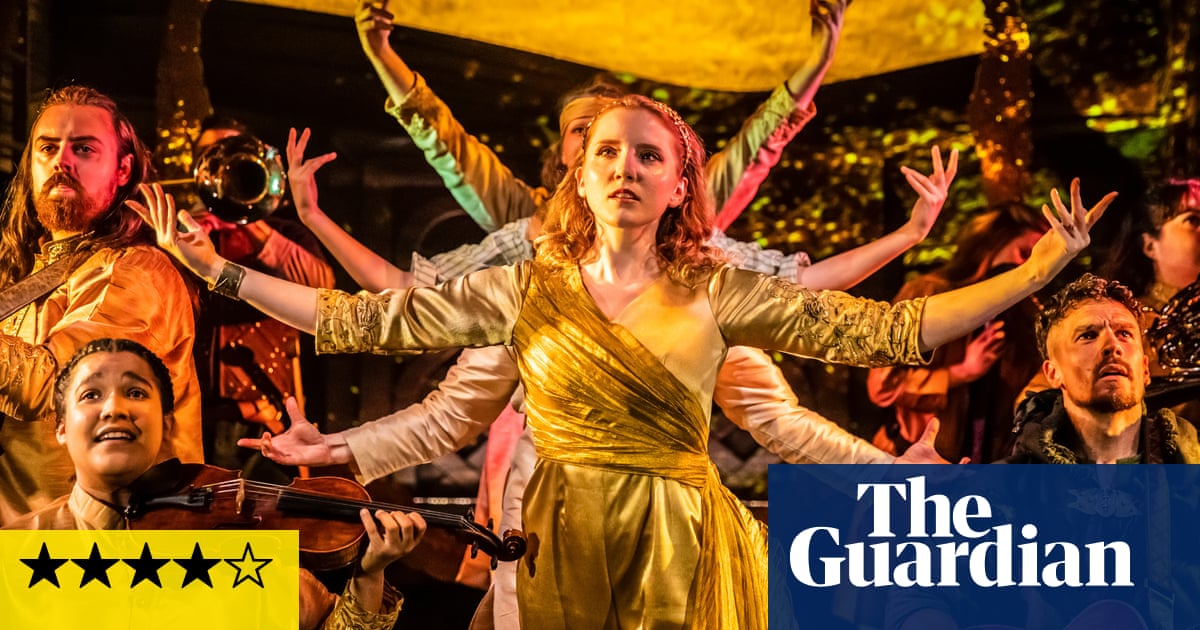
The debate over just how gay Lord of the Rings really is will no doubt still be raging in another hundred years – there’s a fascinating essay written from a queer perspective here – given the gilded position JRR Tolkien’s high-fantasy novel holds in English literary history. What’s no longer in doubt is that Peter Jackson’s team for the Oscar-winning trilogy were perfectly well aware of their epic tale’s homoerotic undertones. Billy Boyd and Dominic Monaghan revealed this week that they almost shot a scene in which cheeky hobbits Merry and Pippin find themselves naked after falling from Treebeard the Ent’s branches and losing all their clothing. According to Philippa Boyens’ script, Merry then turns to Pippin and says: “It’s cold, isn’t it?” Pippin responds: “Hold me, Merry.”
That this scene was never filmed doesn’t matter. Viewed through a 21st-century prism (perhaps even a 1930s one) the entirely male-centric events of Lord of the Rings – the bonding, the emotional connections in time of peril, the torment of choosing between heterosexual romance and the company of men – have obvious queer connotations. That does not mean Tolkien wrote them in such a way: it is possible to argue that the author saw the hobbits as childlike innocents, mere sprites who lived long, long ago, in the mists of a sexless, Eden-like, ancient faerie. When the writer describes Tom Bombadil telling the halflings to “run naked on the grass” while he hunts, in a chapter that never made it into the movies, it’s hard to imagine that Tolkien had anything particularly carnal in mind. (The hobbits dutifully obey, by the way.)
Jackson also stopped short of anything sexy in the film trilogy, which was probably for the best. Nobody wants to see a horny Gollum or rapacious Orcs with raging hard-ons invading Gondor. But that doesn’t mean future adaptations have to remain sexless and ignorant of life’s rich rainbow of sexuality and gender. There is currently a petition on change.org calling for Amazon’s forthcoming small screen prequel to The Lord of the Rings to avoid nudity, following reports that the producers have hired an intimacy coordinator to oversee sex scenes. The worry, one assumes, is that Amazon are trying to filter this new Middle-earth through a Game of Thrones-style prism of blood, betrayal and body fluids.
This would undoubtedly be a mistake. George RR Martin’s A Song of Ice and Fire saga is in many ways a reaction to Tolkien’s work, the equivalent of John Webster’s bloodthirsty Duchess of Malfi when compared with Shakespeare’s misty-eyed and fanciful A Midsummer Night’s Dream. But it would also be an error to present Tolkien’s world without reference to the realities of 21st-century society. Few batted an eyelid when Jackson invented a romance between an elf and a dwarf in his ill-fated Hobbit prequel, so why shouldn’t some of Middle-earth’s denizens be queer?
Tolkien’s world in Lord of the Rings is divided into white men, dwarves and hobbits from a European-style continent, and darker races of men from the east and south (along with their Orcish allies) who have fallen under the spell of the evil Sauron. Clearly recreating this vision for a 21st-century adaptation would be just as inadvisable as making everyone straight. Naysayers would rightly point out that Tolkien’s aim was to concoct a missing mythology for the Anglo-Saxon race; racists once used a very similar argument to suggest that Kenneth Branagh had committed sacrilege by casting a black actor, Idris Elba, as the Norse god Heimdall in the Marvel movies.
It’s all nonsense of course: these are fantasy concoctions, and producers are well within their rights to inject a little diversity should they fail to see anything but white, straight roles before them. In the case of Lord of the Rings, this clearly isn’t an issue, and in the light of Boyd and Monaghan’s revelations, it would be madness for future Lord of the Rings adaptors not to pick up on the queer leanings that have always been a part of the novel’s history. To do so would be to tie the story up in knots more twisted than the roots of the gnarliest tree in Mirkwood.












